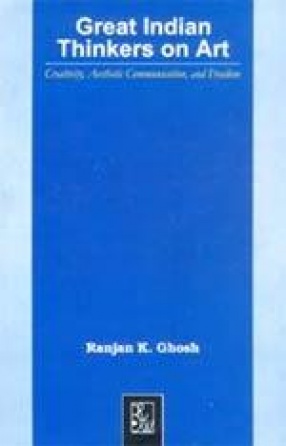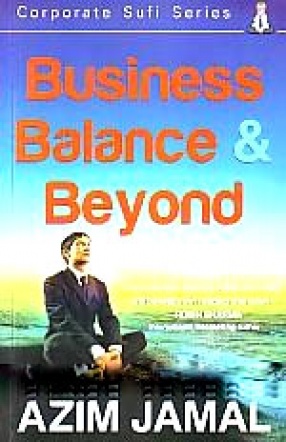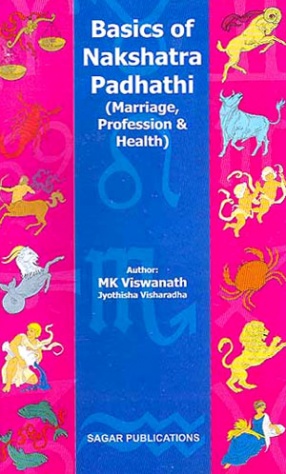The topics range widely over questions concerning creativity, aesthetic communication, and freedom. In dealing with these topics the book also brings out in lucid and clear terms the distinctive Indian perspective on art and aesthetics as exemplified in the writings of thinkers, such as, A.K. Coomaraswamy, Sri Aurobindo, M. Hiriyanna, K.C. Bhattacharyya, and Rabindranath Tagore. The author argues that Indian mind on the question of art develops a viewpoint that is experience-centric. The distinctive characteristic of the Rasa theory-a key to our understanding of art-is that it provides for a sense of transcendence over the mundance by drawing a clear distinction between art emotion and life emotion. In the Indian context, artistic creativity and reflective intuitiveness go hand in hand together. Artistic creativity is an intensely inward journey undertaken for the purpose of reaching out to the Ultimate Reality. Aesthetic communication is not mere transmission of information or vehicle of moral didacticism; it is aimed at expressing the Divinity underlying the visible world. For the Indian thinker, the aesthetic. However, it is likely to be of interest to all practitioners and lovers of arts, critics, and students of Indian culture and values.
Great Indian Thinkers on Art: Creativity, Aesthetic Communication, and Freedom
In stock
Free & Quick Delivery Worldwide
reviews
Bibliographic information
Title
Great Indian Thinkers on Art: Creativity, Aesthetic Communication, and Freedom
Author
Edition
1st ed.
Publisher
ISBN
8189320165
Length
ix+105p., Notes; References; Index; 23cm.
Subjects





There are no reviews yet.